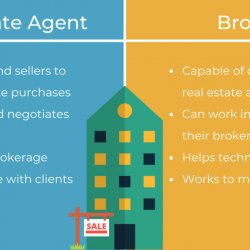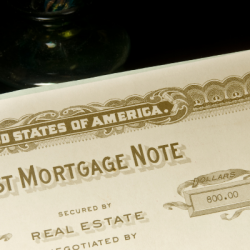the smart trick of what is ltv in real estate that nobody is talking about

But you do not have to pay PMI permanently. More on that later PMI can be a pretty big expenditure, with the typical annual PMI premium ranging from. 55 percent to 2. 25 percent of the initial loan amount per year. Your credit rating and loan-to-value ratio will impact your PMI premium. For example, if you buy a house for $200,000 and your PMI is one percent, you will pay $2,000 a year, or about $166 a month (What is cap rate real estate). Fortunately is that you can ask the loan provider to cancel your PMI once you have actually paid for the home mortgage balance to 80 percent of the home's initial appraised value.
If you have an FHA loan, you will need to pay down your mortgage to 78 percent of your initial prices. Even if appreciation has actually pushed your equity up, you will need to lower your original principal balance. Generally, the majority of loan providers need PMI when it concerns conventional loans with a down payment less than 20 percent. Like anything else, though, there are exceptions to the guideline. You'll need to do your homework if you wish to forgo paying PMI. Some banks out there deal low down-payment, PMI-free conventional loans. These service providers will waive PMI for borrowers with less than 20 percent down, but you'll pay a greater interest rate. No, not the body appendage. While fixed-rate mortgages have the very same interest rate and regular monthly payment for the life of the loan, the rate of interest and regular monthly payments on an ARM change (thus the word "adjustable"). ARM rate of interest are typically repaired for a period between Additional resources 3 and 10 years before they change. The brand-new payment is calculated utilizing a rate based on a hidden index like LIBOR (not an essential acronym for home buying, but it means "London Interbank Offered Rate") or the CMT (Continuous Maturity Treasury) plus a margin. Understanding how your rate can change and how this can increase your payment is extremely essential.
The agency enforces rules like Know Before You Owe, which supply debtors more transparency in the home mortgage process and understanding about what they can afford. This ratio is the portion of your earnings that goes towards paying month-to-month costs. Lenders normally need DTIs listed below a specified percent for you to get approved for certain loan items. These loans were established during the Great Depression throughout the 1930s and basically make buying a house more accessible by supplying mortgage aid and letting debtors qualify for a loan with a down payment of just 3. 5% (rather of the suggested 20% down payment).

These are monthly payments of simply interest. Particular mortgages permit these lower payments for a specified period. These loans work best for customers who expect a substantial bump in income or strategy to refinance or move prior to completion of the interest-only term. Not to be puzzled with smoked salmon, typically eaten with cream cheese and bagels. These are short letters offered to a loan provider that discuss changes in earnings, defend late payments, or summarize your rental history. They can assist you get approved for your home mortgage. This ratio is determined by dividing the loan amount by the house's purchase price.
Lenders have unique programs for customers who put down less than 20%. Not a noise a robot makes, but rather a charge that's funded as part of the loan and charged by the government for FHA loans. This special program permits first-time buyers to put down less than 20% on their purchase. These payments are the quantity due on a monthly basis on your home loan. Not an unfortunate party, but rather your overall regular monthly housing expenditure, that includes the P&I payment due on your mortgage and the taxes and insurance on your home. PMI is an additional charge you pay when your down payment is less than 20%.
What Does A Real Estate Agent Do Can Be Fun For Everyone

Need to meet certain requirements defined by the Dodd-Frank Wall Street Reform and Customer Security Act, such as loan quantity, interest rate, and underwriting, so they can be purchased by a government-sponsored entity. Not the cousin of a Vespa scooter. More like a map, since it requires that you get specific disclosures about closing costs and settlement procedures at specific times throughout the home mortgage procedure. Evidence of your earnings in the kind of W-2s, pay stubs, or earnings tax returns. Termites. Enough stated. And if you ever find yourself sounding out acronyms while attempting to follow in addition to your loan provider, follow this sensible guidance getting out of a timeshare from Eric Gotsch: "Asking will never ever be a silly question, specifically during something as essential as the home-buying process.".
If you want to avoid PMI, you have two alternatives: come to the table with a 20% down payment or see if you can have the lender pay for the PMI. Here's how to accomplish either. A down payment is a needed lump-sum payment you make at closing to acquire a home – What is cap rate real estate. The quantity you pay is a percentage of the home's worth and helps contribute to the equity you have in the house from the start and decreases the quantity you borrow. The majority of loans do not require a 20% deposit. Nevertheless, having one will get rid of the PMI and might reduce your regular monthly payment even more because it'll also reduce your principal balance.






Ingen kommentarer endnu